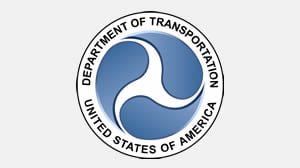RSS feed source: Federal Emergency Management Agency
A Disaster Recovery Center with FEMA Individual Assistance staff is opening in St. Louis County to help people affected by the May 16 tornado and storms.
The Disaster Recovery Center opens this Friday, June 27.
At all locations, FEMA and the U.S. Small Business Administration will help impacted residents with their disaster assistance applications, answer questions, and upload required documents.
An additional location in St. Louis County will be announced in the coming days.
Opening Friday, June 27LOCATIONHOURS OF OPERATIONSt. Louis County Library – Prairie Commons Branch
915 Utz Ln.
Hazelwood, MO 63042Monday-Thursday: 8 a.m.-7 p.m.
Friday-Saturday: 8 a.m.-5 p.m.
Sunday: ClosedLocations Currently Open in St. Louis CityLOCATIONSHOURS OF OPERATIONSumner High School — Parking Lot
4248 Cottage Ave.
St. Louis, MO 63113Monday-Saturday: 8 a.m.-7 p.m.
Sunday: 8 a.m.-6 p.m. Union Tabernacle M.B. Church
626 N. Newstead Ave.
St. Louis, MO 63108Monday-Saturday: 8 a.m.-8 p.m.
Sunday: Closed
To save time, please apply for FEMA assistance before coming to a Disaster Recovery Center. Apply online at DisasterAssistance.gov or by calling 800-621-3362.
If you are unable to apply online or by phone, someone at the Disaster Recovery Center can assist you.
You may visit any location, no matter where you are staying now.
If your home or personal property sustained damage not covered by insurance, FEMA may be able to provide money to help you pay for home repairs, a temporary place to live,
Click this link to continue reading the article on the source website.

